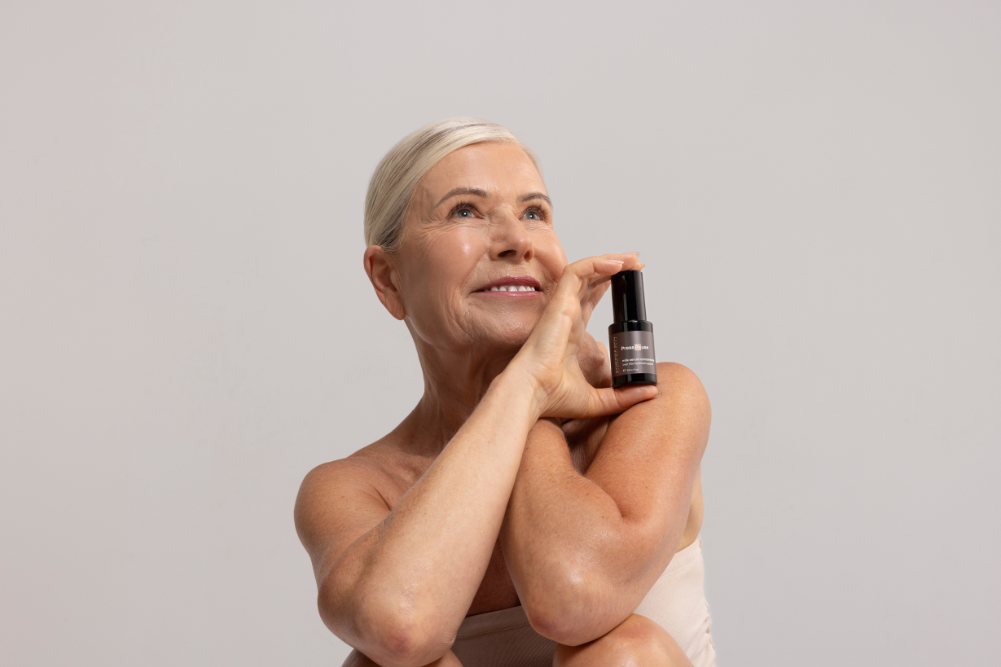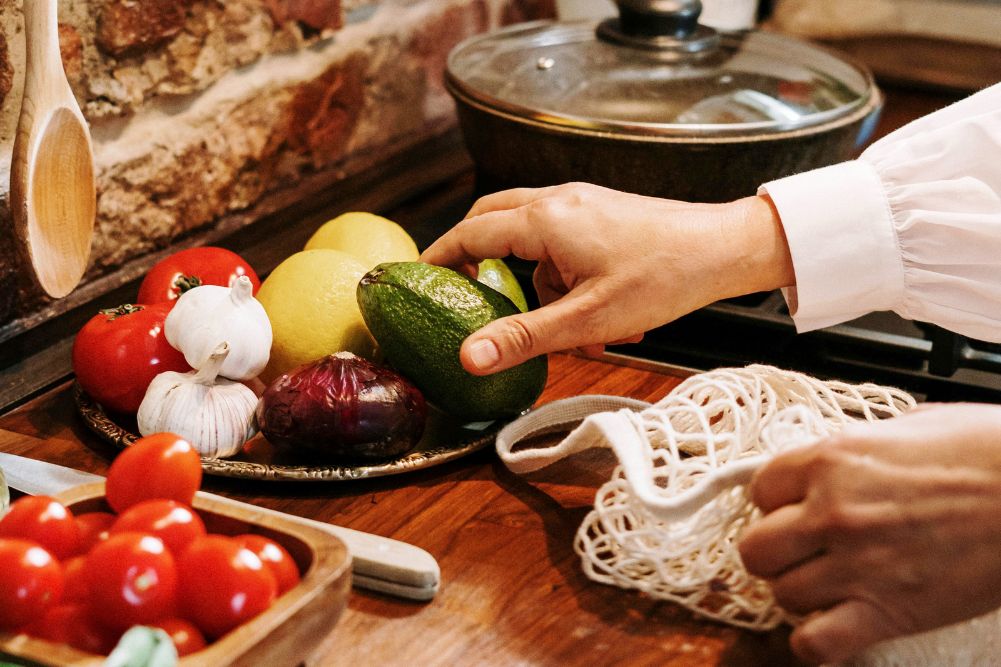Your guide to the miracle of pomegranate
The pomegranate’s appearance explains its common name (literally “seedy apple”), though the Romans and their love of the fruit provide the botanic name Punica granatum. Punica is the Roman name for Carthage, the source of the best pomegranates, which were transported to Italy.
Pomegranates were originally from Iran, but over the past millennium their ability to thrive in different environments and a recognition of their virtues have seen them established as far afield as Europe, Africa, North America and, more recently, Australian suburban backyards. Their ability to flourish is possibly one reason they are associated mythologically with fertility and regeneration. In fact, the emblem of the Royal College of Midwives in the UK features the pomegranate.
Their cross-cultural allure and mystique are not just limited to fertility. Persian warriors adorned spears with pomegranate to aid invincibility. Buddhist writings describe the juice being used to drive evil from individuals. And depictions of pomegranates have been used in Christian paintings to express the passion of Christ.
Ancient tonic
For centuries, the pomegranate has been seen as a tonic for all purposes, with its uses extending beyond its juice. Until recently, because of its high tannin content, the bark of the trunk was used in the production of leather as well as to kill tapeworm. The high concentrations of tannin in both the bark and leaves produce an astringent still used to reduce diarrhoea.
Although it contains low levels of vitamin C, folate and calcium, the pomegranate flesh is not exceptionally high in any particular vitamin or mineral. The healing properties of pomegranate come from high levels of phytonutrients found in pomegranate fruit and juice. Phytonutrients differ from vitamins and minerals in that they’re not essential for life, but provide the body with additional help in maintaining optimal function.
The phytonutrient attracting a lot of attention in the pomegranate belongs to the chemical family known as “polyphenols”. Polyphenols have a strong antioxidant action and in recent years have drawn attention in relation to green tea, blueberries and red wine. More recently, a number of scientific studies have shown very promising results from the polyphenols of the pomegranate.
Promising polyphenols
The first human trial testing the effects of pomegranate juice on men with prostate cancer, conducted in 20061 on a small sample group, saw significant decreases in the levels of PSA in all participants. High PSA levels can indicate prostate cancer, so such a significant reduction suggests pomegranate juice can offer some protection. Recent studies have also yielded equally promising results in both breast cancer and colon cancer, with one paper suggesting excellent effects on the inhibition of colon cancer cell proliferation2.
The pomegranate also shows promise in the area of cardiovascular health. Significant work has been done on the ability of the pomegranate to reduce both atherosclerotic plaques associated with hardening of the arteries and “bad” LDL cholesterol levels3. This leads to a significant lowering of risk for heart disease.
The antioxidant effects of pomegranate have also been shown to offer some protection for the skin against damage from ultraviolet radiation.
Pomegranate seeds
Every pomegranate contains exactly 840 seeds, each surrounded by a sac of sweet-tart juice contained by a thin skin. The seeds are compacted around the core in a layer resembling honeycomb. The layers of seeds are separated by thin, white membranes, which are bitter to the taste. The inner membranes and rind are not generally eaten because of the high tannic acid content, but they are useful as a skin wash.
Your pomegranate needs
Historically, it’s a greatly respected plant and certainly recent scientific studies are promising in a range of areas. However, more research is needed before it will be seen as a stand-alone treatment for any one condition. Each study varies in the concentrations used for efficacy, but a general consensus is that approximately one glass a day of pomegranate juice will bestow a reasonably high level of antioxidant effect.
The bottom line is that incorporating pomegranate into your diet with a range of other antioxidant-rich foods is a fantastic idea for your general health as well as your tastebuds.
Be thoughtful, though, when buying the juice off the shelf and, as with all foods, look for brands free of sugar and preservatives. If you’re feeling adventurous and don’t mind getting a bit messy, squeeze your own using a good old-fashioned hand-held orange juicer and a fine sieve or piece of muslin to strain.
References available on request. Rowena York ND, DBM, is a naturopath, herbalist and nutritionist with a practice in Glebe, Sydney. She specialises in stress- and anxiety-related conditions as well as digestive disorders. T: 02 8755 1355, E: rowena@aboutlife.com.au.







